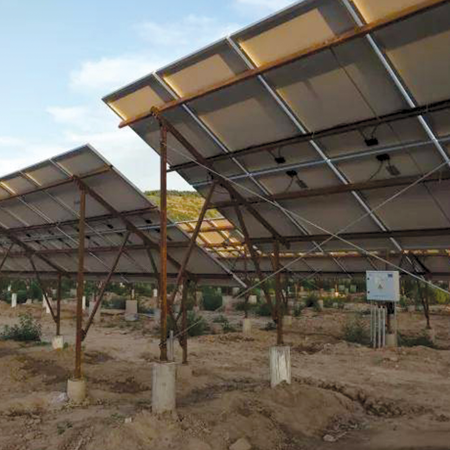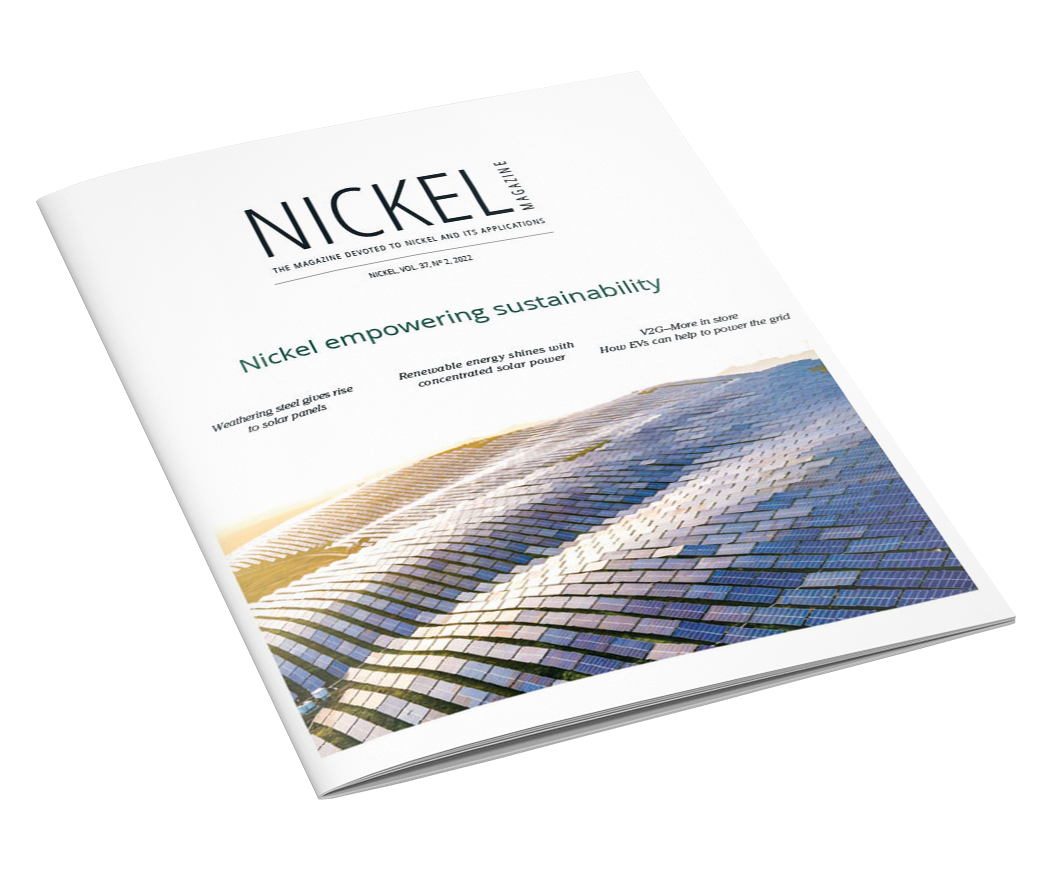Materials – the pros and cons
In China, approximately 50% of PV mounting structures are made of hot-dip galvanised zinc steel and 40% from aluminium. A smaller amount is made from stainless steel or glass reinforced plastic.
Aluminium
Compared to hot-dip galvanised steel, the tensile strength of aluminium is relatively low and while its corrosion resistance is good, the cost is high. Aluminium also requires surface treatment to enhance its corrosion resistance. It is normally used in residential PV panels where the wind load is low and little maintenance is expected.
Galvanised steels
Galvanised steels possess higher strength and are usually used in heavy wind load areas. Hot-dip galvanising is required to improve corrosion resistance, but regular maintenance is required.
Stainless steel
Stainless steel is also suitable for PV mounting structures with superior strength and corrosion resistance to the other solutions, however, it costs more and hence is not as widely adopted.
Weathering steel
Recently, weathering steel has been used in several high profile PV applications in China and looks promising elsewhere. It is a high strength steel alloyed with small additions of Cr, Cu and Ni, that develops a surface oxide layer resistant to spalling (metal loss by flaking of rust).
It exhibits better atmospheric corrosion resistance compared to common carbon steels and does not require a protective coating, such as paint or galvanising. Weathering steel has the advantage of being lower cost and is maintenance free.
A new China PV bracket standard, NB/T 10642-2021, stipulates weathering steel as one of the recommended materials for PV brackets. Even though the amount of nickel in weathering steel is small (around 0.1–0.65%), the total tonnage of nickel can be quite large considering the number of solar panels that will be erected in the coming decades. This relatively small amount of nickel is essential to achieve enhanced corrosion resistance of weathering steel for PV mounting structure applications.




